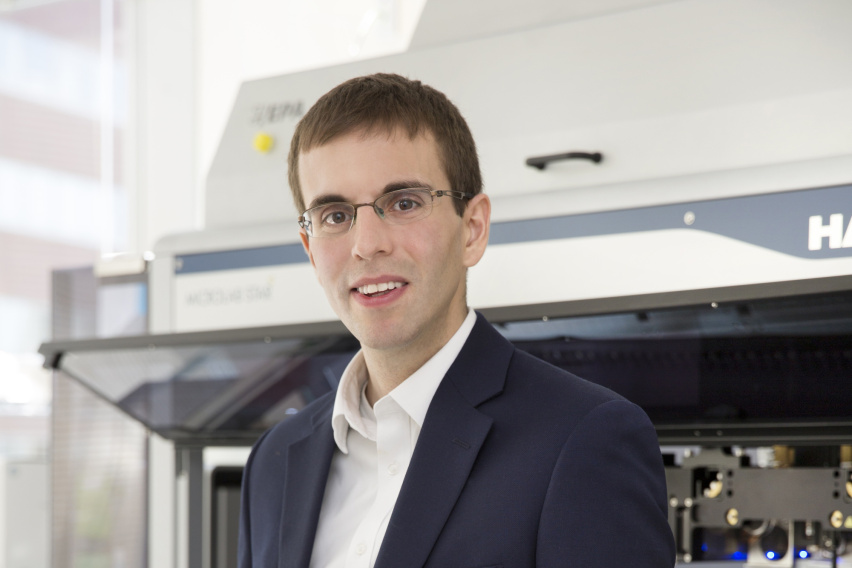MIT News
May 15, 2019
In two studies appearing in Proceedings of the National Academy of Sciences, researchers from the laboratory of Richard Hynes, KI member and Daniel K. Ludwig Professor for Cancer Research, showed how tumors and metastases could be imaged and treated with lightweight antibodies (or, "nanobodies") derived from alpacas. The nanobodies target the extracellular matrix (ECM), which plays important roles in cancer cell survival, invasion, and development, and is more genetically stable, less heterogenous, and easier to access than cancer cells.
The researchers, led by Mazumdar-Shaw International Oncology Fellow Noor Jailkhani, built a nanobody library for ECM proteins that were abundant in the tumor microenvironment, but absent from healthy tissues. In one study, researchers treated mouse cancer models with radioisotope-labled nanobodies. PET/CT imaging revealed clearly visible tumors and metastases. In the companion study, they used the same nanobodies to develop nanobody-based chimeric antigen receptor (CAR) T cells to target solid tumors.
